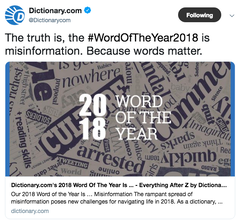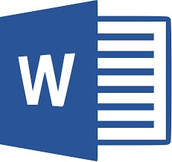A developmental (or substantive) edit typically happens mid- or late-process. This is to say that you’ve got a draft, but you need support to map the (best) way forward. Having a professional set of eyes on your manuscript at this point means that you’ll avoid going further down the wrong path, or getting attached to ideas or rhetorical moves that don’t ultimately benefit your message (or your audience). And if you’ve hit a stumbling block in your writing process, there’s no better way to get around it than working with a developmental editor. A developmental editor’s job is to suss out big-picture concerns related to the manuscript’s overall focus, purpose, argument, evidence, and organization.
In the broadest strokes, a good developmental editor will help you hone in on your message, refine your audience, and determine the best structure for your argument. This means identifying areas for elaboration (or areas where you veer off track), suggesting changes to organization (such as rearranging chapters or sections), and evaluating your tone and mode of addressing your audience (for consistency and suitability). A great developmental editor does this andshows you how to implement these changes in your manuscript.
For instance, when an author brings us a manuscript about leadership and cites their audience as ‘everybody,’ we work with the author to determine who among ‘everybody’ will be most impacted by the manuscript’s message. We then help shape that message to reach those readers, and we use this information to inform the rest of our edit.
Ultimately, a developmental edit should leave you with clear and actionable feedback for improving your document. At MWS, we provide both a written narrative of our broad-strokes evaluation, as well as specific queries and suggestions throughout the draft, via the “comments” function in Word or Google Docs (depending on the writer’s preference). For particularly tricky manuscripts, or for early-stage work, we also include a developmental outline keyed to the manuscript.
Working with a developmental editor is seldom a one-and-done interaction. Depending on the parameters of an agreement, our work may include subsequent rounds of review or other types of follow-up.
We LOVE developmental edits (both performing and receiving them). In our experience, the days or weeks you spend working with a developmental editor will save the (exponentially greater) time (and frustration) of spinning your wheels in the drafting process, or of ending up with a finished product that feels like it misses the mark. It may seem like a significant step to add—and it is—but there’s truly no more efficient way to ensure that you meet your goals for a big writing project.









